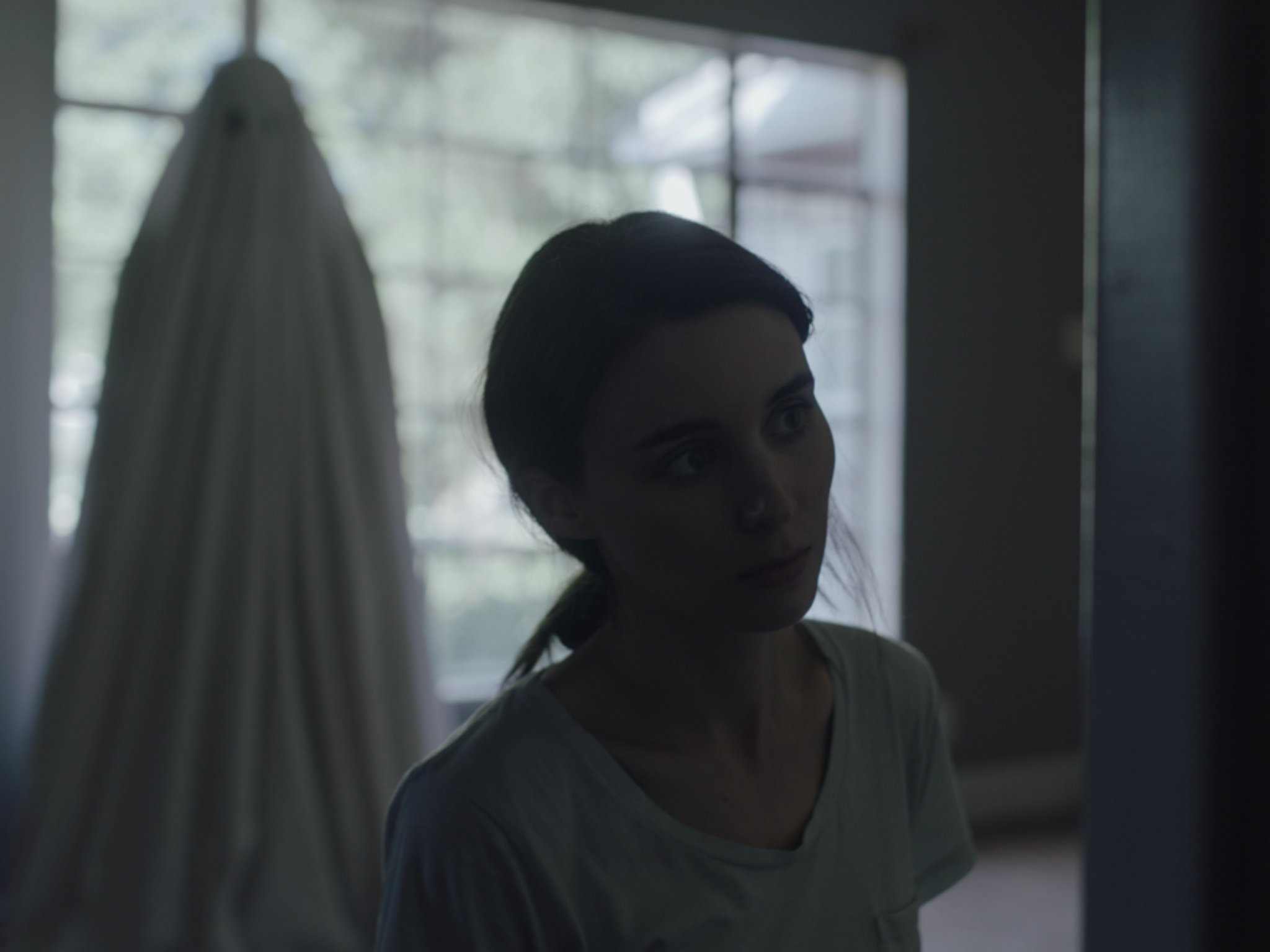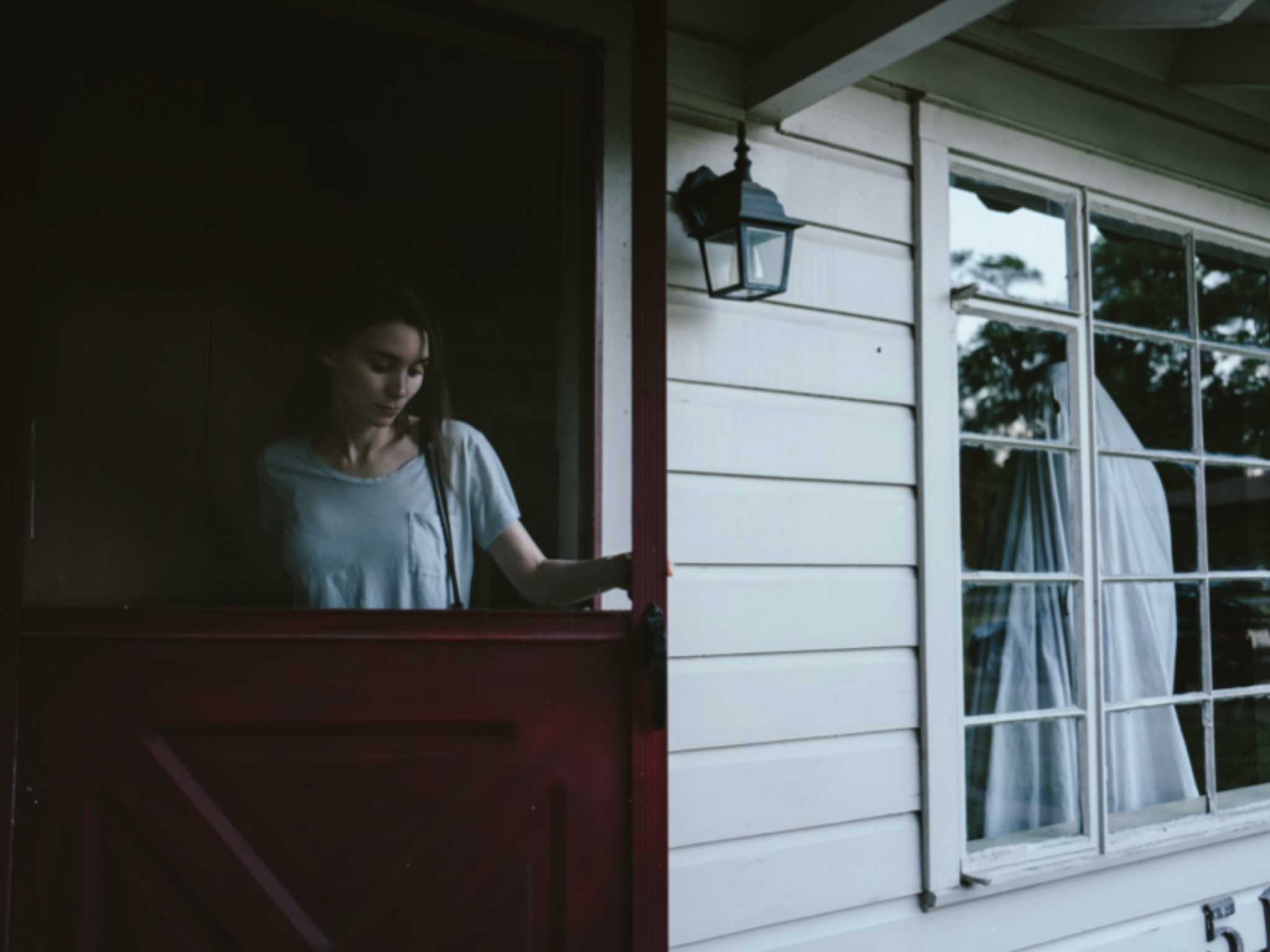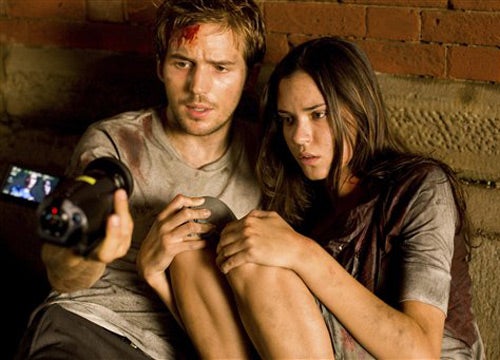Films under radar: Why are some directors being so secretive?
The movie world is accustomed to publicity campaigns designed to create maximum awareness. But not so for David Lowery’s A Ghost Story, despite its cast of Oscar stars. James Mottram reports on the directors from Steven Soderbergh to Lowery keeping their movies under wraps

Your support helps us to tell the story
From reproductive rights to climate change to Big Tech, The Independent is on the ground when the story is developing. Whether it's investigating the financials of Elon Musk's pro-Trump PAC or producing our latest documentary, 'The A Word', which shines a light on the American women fighting for reproductive rights, we know how important it is to parse out the facts from the messaging.
At such a critical moment in US history, we need reporters on the ground. Your donation allows us to keep sending journalists to speak to both sides of the story.
The Independent is trusted by Americans across the entire political spectrum. And unlike many other quality news outlets, we choose not to lock Americans out of our reporting and analysis with paywalls. We believe quality journalism should be available to everyone, paid for by those who can afford it.
Your support makes all the difference.These days, it seems impossible to make a film without the world knowing long before “action” is called. Scripts are circulated through Hollywood and casting announcements made, while trade papers like Variety and The Hollywood Reporter pounce on any tidbit and the IMDB website frequently lists films long before they’ve rolled before the cameras. It’s all part of a carefully orchestrated publicity campaign – a machine designed to create maximum awareness. All of which makes David Lowery’s A Ghost Story all the more remarkable.
A poignant Texas-set drama about loss and grief that reunites Casey Affleck and Rooney Mara, his actors from his 2013 debut Ain’t Them Bodies Saints, Lowery managed to keep it entirely under wraps. “No-one knew about this film at all until it was done,” he explains. “It was done under the radar completely and also very quickly.” It might seem strange that a film being made with two Oscar heavyweights stayed secret. Shot in July and August 2016, there was little time for the word to spread, estimates the director.

Yet there were other reasons Lowery kept it quiet. “It’s so high concept that I wanted to have room to fail,” he says. “I didn’t know if it would work. I didn’t know if it would just be a ridiculous stunt of a film. Or even if a film would come out of it. I just wanted to be able to make this, let it become whatever it would become, and if it worked, great, and I’d put it out in the world. And if it didn’t work, I could bury it and no-one would ever be the wiser.”
The “high-concept” aspect comes from the fact Affleck’s character, a struggling musician named C, dies in a car accident early on. His ghost rises and returns home to watch Mara’s M in mourning; but the spirit is not created via fancy CGI – just a sheet with holes in it, like someone’s budget Halloween costume. It could so easily look ridiculous, but C’s ghost is shot, lit and framed in such a way as to add great emotional depth to the scenes. Still, its little wonder Lowery wanted to have the chance to fail.

Recruiting two Hollywood stars under cover was not easy. “It was definitely a case of calling up some friends and seeing if they wanted to come and hang out and make something weird,” he says. “There was no casting. There were no making offers to agents. They didn’t even tell their agents they were doing it. They just came and did it.” Largely shot in one location, a house due to be demolished, Lowery admits he was shocked they pulled it off. “I kept waiting every day for some word to leak that we were all making a movie together in Texas.”
Word only spread about A Ghost Story when Affleck, appearing at the Telluride Film Festival last year, let slip he’d just filmed it. But in the year he won the Oscar for Manchester by the Sea, taking on a secret project shot for $100,000 – one where not only was he not required to walk a red carpet – had its advantages for the famously reticent star. “He loves acting,” says Lowery, “And he loves being in movies, but he hates putting himself out there, because he’s very self-conscious – so it was the perfect thing for him. I think he really was excited to get to act with that degree of anonymity.”
Film secrecy isn’t just about experimentation. Indian director Sudhanshu Saria’s Loev, a romantic drama about two gay men, had to be shot discreetly across sixteen days due to India’s script laws on homosexuality. Only core crew members knew what it was about; others were under the belief that it was a road trip movie and were shocked when they discovered the main characters’ romance. The same-sex love theme was not mentioned to prospective donors on the part-crowd-funded film. “It’s easier to say you’re making a film about friendship than it is to say you’re making a film about two men getting it on,” Saria told the Los Angeles Times recently.
While most directors do not have to contend with such issues, the appeal of shooting in secret is growing. Steven Soderbergh, who this month returns from his self-imposed ‘retirement’ with the heist comedy Logan Lucky, has also embraced this covert methodology. He’s just shot Unsane entirely off the grid. Starring Juno Temple and The Crown’s Claire Foy, the plot is being kept under wraps other than it’s his first horror movie but Soderbergh has made the entire film on his iPhone, much in the way Sean Baker did for the breakout indie Tangerine. Word has it Soderbergh may self-distribute through his company Fingerprint Releasing.
While Lowery’s secrecy was a necessary element in case the film simply didn’t work, Soderbergh remains one of Hollywood’s bravest experimenters. His earlier film Bubble, for example, was in the vanguard when it came to breaking traditional distribution models – with its simultaneous release across cinema, cable television and home entertainment channels. Likewise, Logan Lucky’s financial model was designed to strip back marketing costs (with the actors even working for basic “scale” pay). Now, with Unsane, he’s managing to further reduce costs by shooting on the fly.
Indeed, when trailers are hyped and every morsel is pored over long before a film hits cinemas, it’s rather refreshing when filmmakers make a movie in secret. You suspect it reinvigorates them. In recent Hollywood history, the JJ Abrams-produced Cloverfield franchise was entirely crafted this way. The 2008 original, a found-footage style monster movie directed by Matt Reeves, was a clandestine operation. Actors auditioned without knowing what they were in for, reading from fake scenes; the studio Paramount released an untitled trailer.

Sending shockwaves through the media – guesswork ranged from it being a new Godzilla film (hot) to a spin-off of Abrams’ TV show Lost (cold) – remarkably Abrams’ team pulled it off again with 2016’s 10 Cloverfield Lane. Shot under the title Valencia and culled from spec script The Cellar, the film was a spiritual successor to the original, a story set tangentially in the same universe. “It was very top secret,” reported star Mary Elizabeth Winstead, who remembers receiving an online link to the script which gave her a limited timeframe to read it before it self-deleted.
Is there a danger that “secret” projects could fall through the cracks? It seems not. Both Cloverfield films collectively made $280 million at the box office, proving that, in marketing terms, audiences respond to mystery and misdirection as much as saturation. It’s almost disappointing that next year’s God’s Particle has already been billed as the third Cloverfield movie. Where’s the fun in that? Keeping it under wraps until opening was much better.
A Ghost Story opens on 11 August
Join our commenting forum
Join thought-provoking conversations, follow other Independent readers and see their replies
Comments